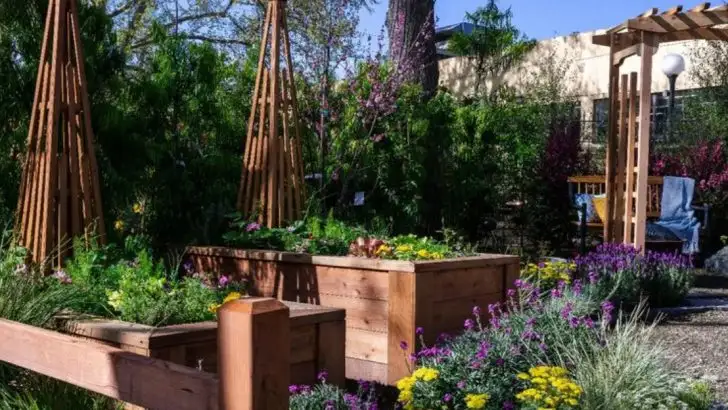I didn’t just want a garden that grows—I wanted one that calms my mind. So I began designing a space that would gently interrupt my tendency to overthink, using cues from nature instead of constant decision-making.
Every path, plant grouping, and routine now serves as a soft reminder to pause, notice, and respond, not control. The layout encourages wandering without planning, observing instead of analyzing.
In this article, I share how I created a garden that functions as a mental reset system—a living space where less thinking leads to more connection, and where peace grows alongside the plants.
The Zen Corner

Nestled at the back of my garden, this tranquil spot beckons with the gentle sound of trickling water. The Zen Corner features a modest fountain, its soothing melody offering a meditative escape from life’s clamor. Ferns and bamboo offer a lush backdrop, creating an intimate enclave where worries dissipate like morning mist.
In this serene haven, I often find myself lost in thought or, more accurately, free from it. This corner isn’t just about aesthetics; it’s a retreat, a place where the mind can unwind. Who knew tranquility could be so accessible?
This corner has evolved over time, initially just a simple bench. With each addition, it transformed into a sanctuary. I can’t imagine my garden without it now.
Herb Spiral of Aromas
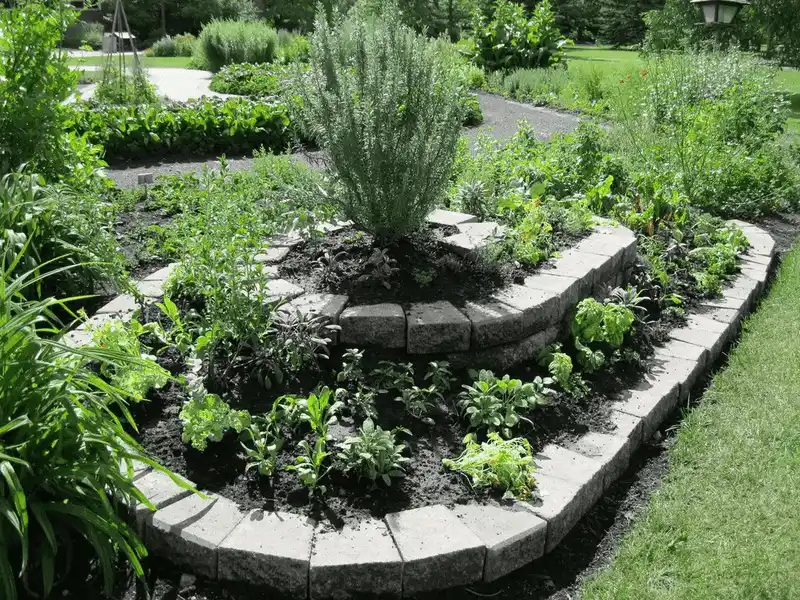
Aromatic herbs, planted in a spiral formation, invite me to a sensory delight each time I wander through. The Herb Spiral is alive with thyme, rosemary, and lavender—a trifecta of scents that calm the mind and body. These herbs aren’t just aromatic; they’re therapeutic, offering a fragrant tapestry of tranquility.
Crafting this spiral was a journey in itself. The act of stacking stones and planting herbs became a metaphor for life’s cycles and growth. As I tend to my herbs, the scents uplift my spirit, and the repetitive task of caring for them becomes a meditative practice.
Did you know? Herb spirals utilize vertical space efficiently, making them perfect for small gardens.
Raised Bed with Edibles
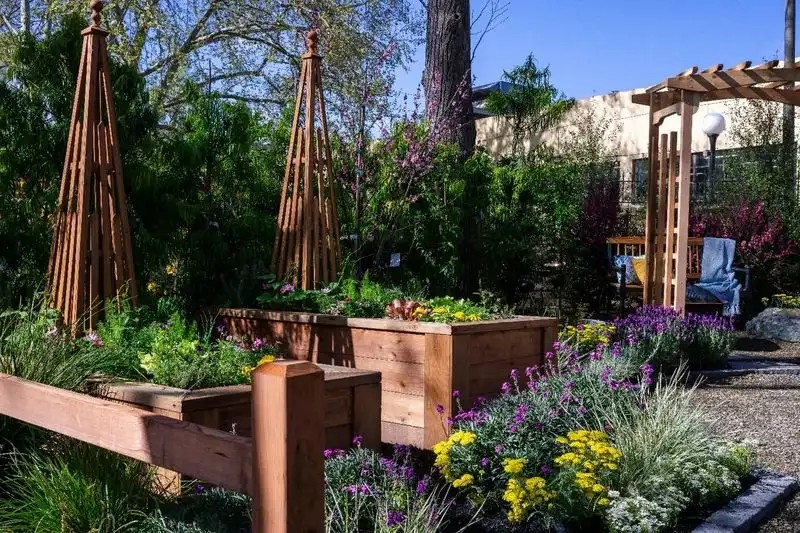
Tending to a raised bed packed with edibles has brought a sense of accomplishment and joy. This thriving patch with lettuce, tomatoes, and carrots not only feeds the body but nourishes the mind. With each harvest, there’s a tangible reward that goes beyond the table.
Raised beds offer more than just bounty; they elevate the gardening experience, literally and figuratively. The satisfaction of seeing a seedling mature into a full-grown plant is unmatched. Each visit to this bed reminds me of the rewards of patience and persistence.
There’s a bit of history here too. Raised beds have been used since ancient times to improve drainage and soil quality.
Wildflower Meadow
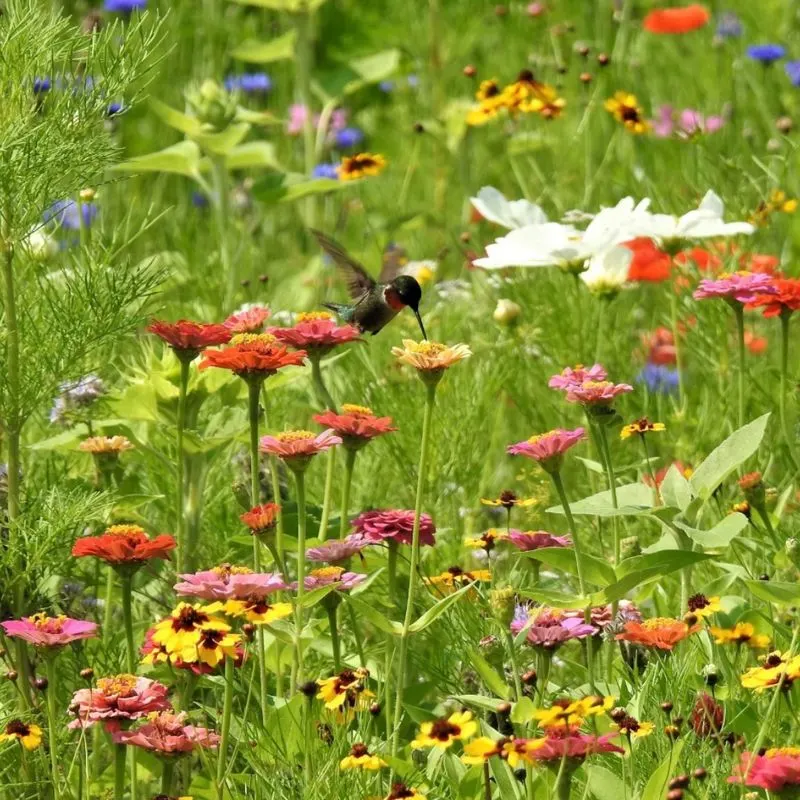
Stepping into my wildflower meadow feels like entering a painter’s palette. The explosion of colors and life is both humbling and exhilarating. Bees and butterflies flit about, their presence a testament to the meadow’s thriving ecosystem.
This meadow wasn’t always here; it was a deliberate choice to embrace biodiversity. Planting native wildflowers has attracted a slew of pollinators, transforming the space into a lively hub of activity. Watching these creatures at work is a soothing reminder of nature’s balance.
Fun fact: Wildflower meadows require minimal maintenance and support local wildlife, making them an eco-friendly choice for gardeners.
Pergola Retreat
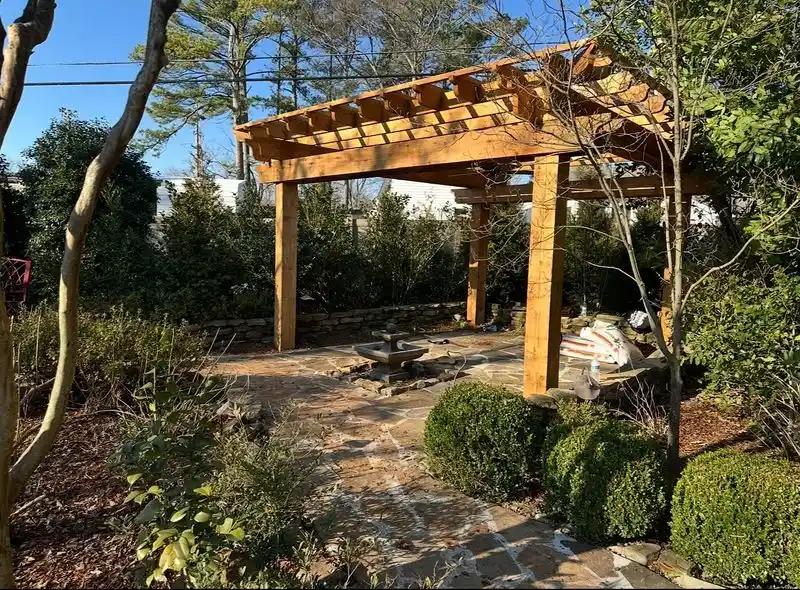
The pergola stands as a testament to the beauty of structured nature. Draped in climbing roses and wisteria, it offers shade and a scent-laden breeze. Beneath this floral canopy, a seating area invites relaxation and reflection.
This retreat began as a mere idea—a yearning for a dedicated space to unwind. Constructing the pergola was an exercise in patience, each beam and plant carefully chosen and placed. Now, it serves as both a physical and mental shelter from stress.
An interesting tidbit: Pergolas have been used in gardens since the Renaissance, blending architecture with nature seamlessly.

